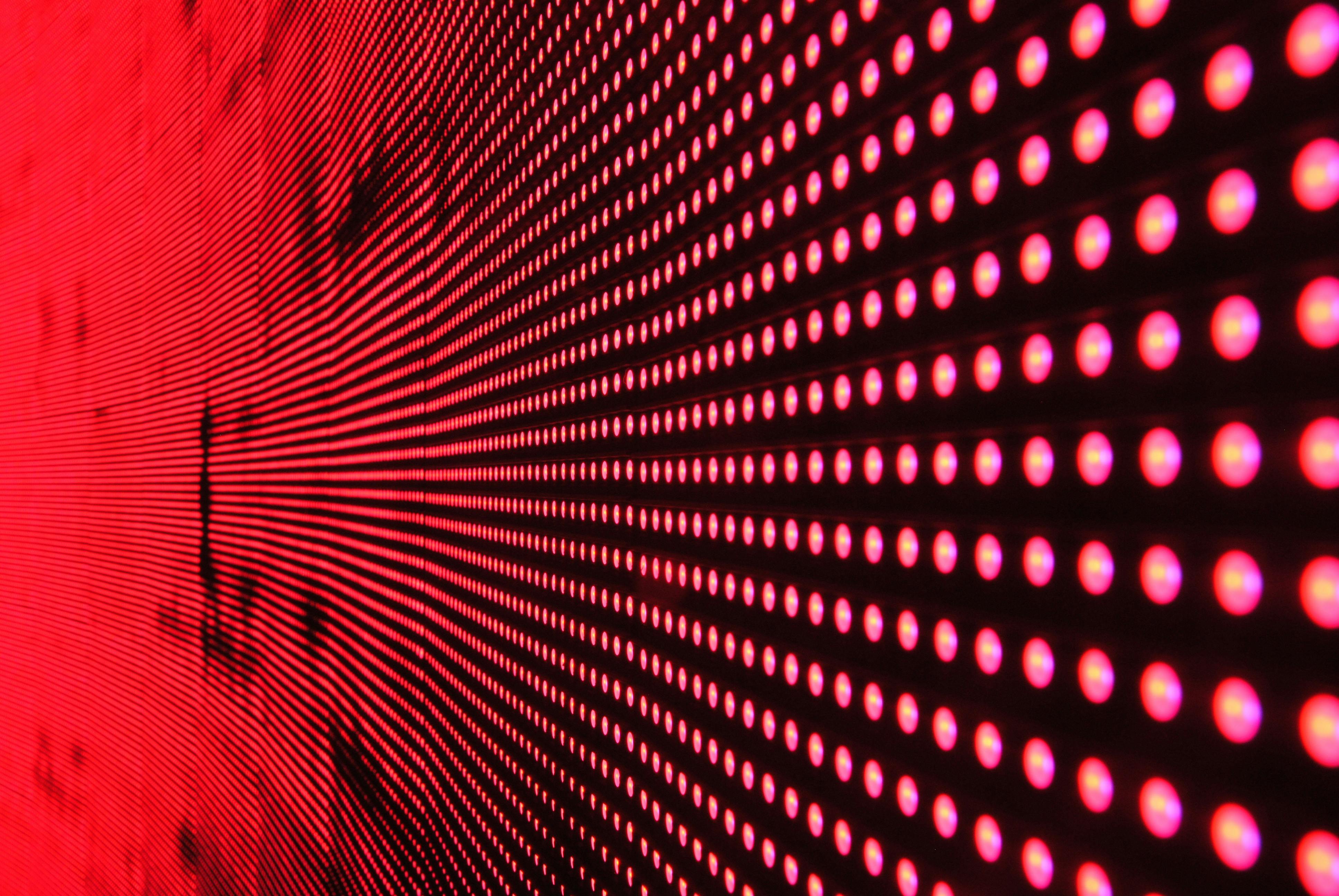Projecting the Future: The Rise of Holographic Computing
As we stand on the precipice of a new era in technology, holographic computing emerges from the shadows, promising a transformative shift in our interaction with digital content. This article dives deep into the world of holographic computing—its roots, its present, and its potential future impact on our digital lives.

The Genesis of Holography
Holography—the science of creating 3D images—was conceived in the late 1940s by Hungarian-British physicist Dennis Gabor. Gabor’s pioneering work, which earned him a Nobel Prize in Physics, laid the groundwork for the rise of holography in various sectors, including data storage, art, and most notably, computing.
The 1960s and 70s witnessed a boom in holography, with researchers exploring its potential in data storage and display technologies. However, the lack of suitable hardware and software halted the progress of holographic computing, relegating it to the realms of science fiction.
The Emergence of Holographic Computing
Fast forward to the 21st century, advancements in optics, sensors, and computational power have brought holographic computing closer to reality. In 2015, Microsoft unveiled HoloLens, a mixed reality headset that overlays holographic digital content onto the user’s physical world. This marked the advent of practical holographic computing, providing developers and consumers a glimpse into the future of interactive technology.
Holographic Computing Today: Microsoft’s HoloLens 2
In 2019, Microsoft launched HoloLens 2, a more refined and immersive version of its predecessor. The device uses advanced sensors, a high-definition holographic display, and complex algorithms to seamlessly blend digital content into the user’s environment.
While HoloLens 2 is primarily targeted at enterprises for applications in design, training, and remote assistance, its hefty price tag of around $3,500 has kept it out of the reach of the average consumer. Nevertheless, it has sparked a renewed interest in holographic computing, with several tech giants like Google and Facebook reportedly developing their own versions of holographic systems.
The Future Impact: A New Digital Paradigm
The potential of holographic computing extends far beyond enterprise applications. It can revolutionize various sectors, including education, healthcare, and entertainment, by providing an immersive, interactive experience that bridges the gap between the digital and physical world.
Imagine attending a virtual class where you can interact with life-sized holograms of your classmates and teachers, or a doctor performing a complex surgery with the help of 3D holographic models. These scenarios may sound far-fetched today, but with the rapid pace of technological advancements, they could soon become a reality.
The Road Ahead
While holographic computing is undoubtedly exciting, it’s still in its infancy. Challenges related to hardware, power consumption, and user interface design need to be addressed before it can become mainstream. However, with tech giants investing heavily in research and development, the day when we interact with holograms as part of our daily lives may not be too far off.
In the world of technology, the only constant is change. And as we move towards a more immersive, interactive digital future, holographic computing stands as a testament to human ingenuity and the endless possibilities of technology.




